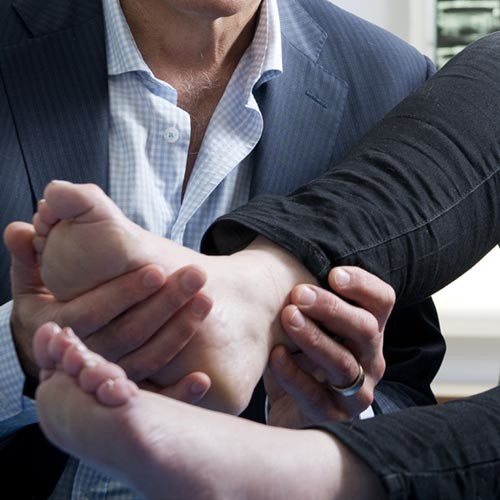Ankle Block for Foot Surgery
Nearly all mid and forefoot surgery can be comfortably and reliably performed using local anaesthesia (ankle block).
Orthopaedic Foot and Ankle Surgeon, Dr George Dracopoulos and Anaesthetist, Dr Glenda Rudkin have recently completed a six year study of 1000 patients having surgery performed using this technique.
Results of this study have shown many benefits in addition to the avoidance of a general anaesthetic. These include high patient satisfaction, the opportunity for patient interaction during the surgery and excellent post-operative pain relief.
Dr Dracopoulos now performs most mid and forefoot surgery using ankle block.







